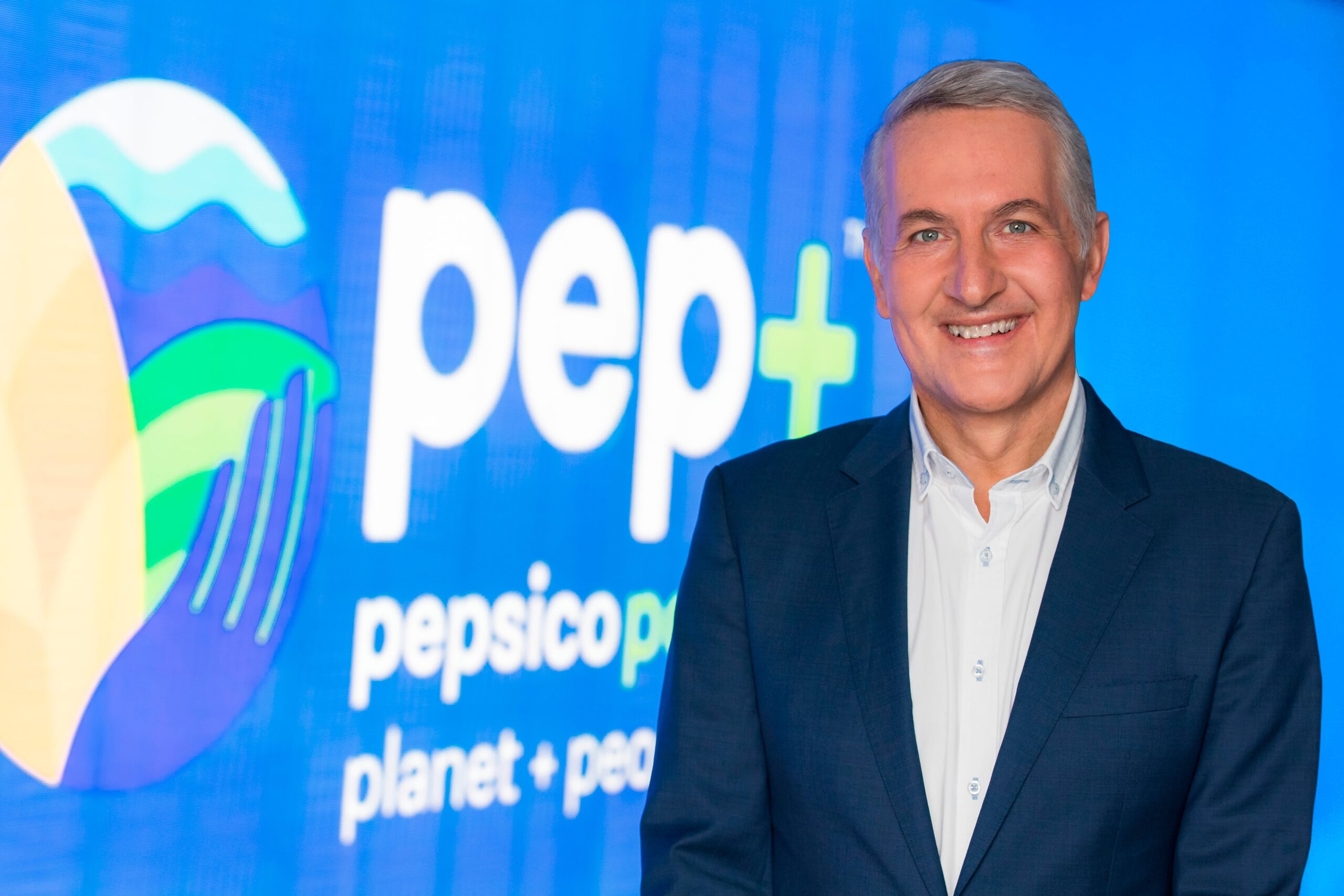
Consumers today are more prepared to absorb price increases, according to PepsiCo’s CEO.
Speaking to analysts on Tuesday (5 October), Ramon Laguarta said the price elasticity of PepsiCo products globally has gone down compared to pre-pandemic. “What we’re seeing across the world is much lower elasticity on the pricing that we’ve seen historically, and that applies to developing markets, western Europe, and the US,” Laguarta said. “Across the world, the consumer seems to be looking at pricing a bit differently than before.”
Elasticity denotes how sensitive consumers are to prices changes, with a lower rating meaning they are less likely to stop buying a product if the price goes up.
Presenting following the release of PepsiCo’s third-quarter results, Laguarta said several factors could explain the trend, including strong brands, improved innovation as well as faster shopping times in stores.
“It could be several hypotheses. I think, in our case, our brands are stronger and I think our innovation is stronger. There could be also some behaviours as consumers are shopping faster in-store and they might be paying less attention to pricing as a decision factor and they might be giving more relevance to brands that they feel a bit closer to. We’re seeing less elasticity and we’re adjusting our models as we go. That’s obviously informing our decisions as we price the balance of the year and into 2022.”
On Tuesday, alongside the publication of PepsiCo’s third-quarter numbers, the Doritos maker lifted its target for annual revenues in 2021. The US giant now sees its net revenues rising by around 8% this year on an organic basis, up from its July forecast of 6%.

US Tariffs are shifting - will you react or anticipate?
Don’t let policy changes catch you off guard. Stay proactive with real-time data and expert analysis.
By GlobalDataIn PepsiCo’s third quarter, which covered the 12 weeks to 4 September, its net revenue was US$20.19bn, up 11.6% on the corresponding period a year earlier.
The company’s operating profit rose 5% to $3.16bn. Net income attributable to PepsiCo stood at $2.22bn, down slightly from $2.29bn in last year’s third quarter. The business booked a higher provision for income taxes in the quarter announced.
PepsiCo’s Frito-Lay North America food division reported a 6% rise in revenue in the third quarter. The unit’s operating profit growth was flat year on year. Quaker Foods North America posted a 2% increase in revenue, with operating profit from the division down 27%.
The rest of PepsiCo’s reporting divisions cover its North America beverage business and four geographic units, each housing its food and drinks operations by region combined.
PepsiCo stuck to its July forecast for its annual core, constant-currency, earnings per share, which the company still sees growing at 11%.
In a note to clients on Tuesday, AllianceBernstein analyst Callum Elliott gave his snap reaction to the company’s results.
“PepsiCo reported its 3Q21 earnings this morning, with a robust set of numbers – especially on top-line growth – driven by huge strength in emerging markets. Accordingly, management have raised full-year organic revenue growth guidance to 8%. However, the lustre is slightly faded with higher than expected cost headwinds (margins circa 50bps behind consensus despite +5% net pricing). With top-line benefits largely offset by costs, EPS guidance is unchanged. We expect this may disappoint some investors today with positioning firmly on the positive side based on our conversations, but, in our view, top-line strength should be the primary focus.”
Speaking to analysts, PepsiCo CFO Hugh Johnston said the group expects to be able to push through its rising costs.
“We expect to be able to price through the inflation that we’re facing, whether it be commodities inflation or other types of operating expense inflation. Some of that pricing occurred in the summer. Much more of it is occurring in the fall in the beverage business and substantially all of it for 2021 in the snack food business is occurring, really as we speak, during these weeks right now,” he said.
“You also know that we forward buy that six to nine months out. So, we’ll have a better handle on where exactly 2022 costs are going to land as we get into the first quarter of 2022. And I would expect us to price a bit more to be reflective of some of that finalisation of cost during the course of 2022. So, Q4, some of the pricing coming through, the balance of it coming in Q1 of 2022 and the EPS guidance is reflective of all of that.”



